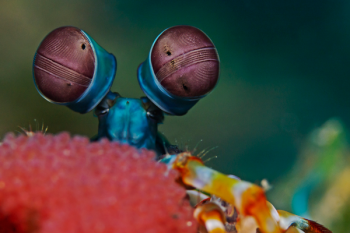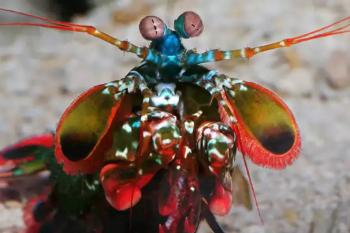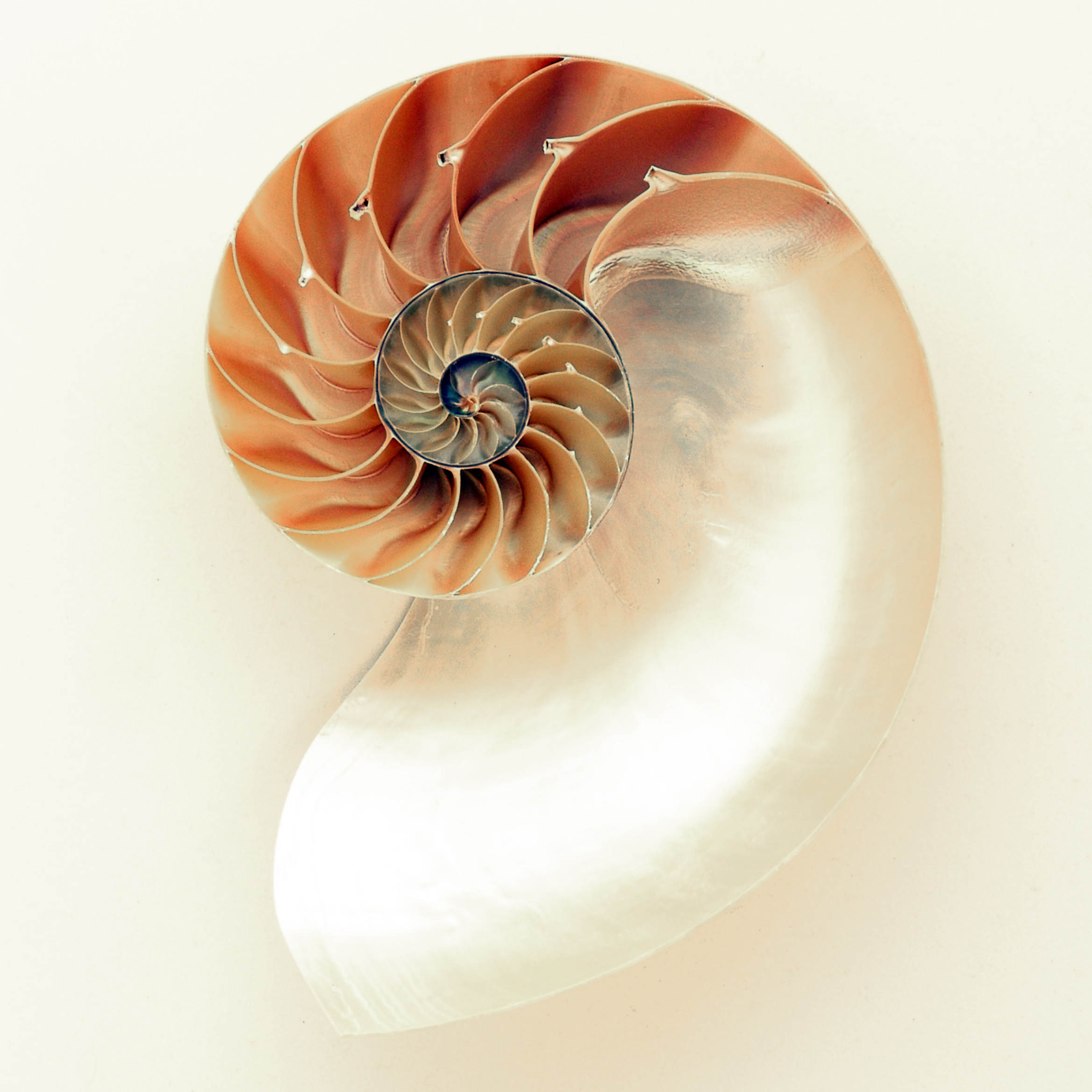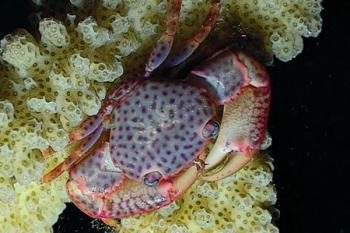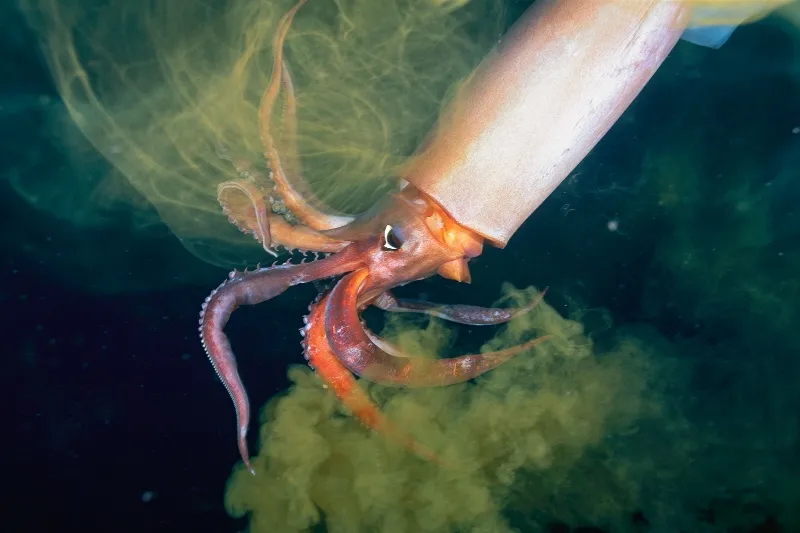
Cephalopods use ink to avoid predation: they ink and jet away under cover of the ink, creating a “smoke screen.” This move is often followed by unpredictable escape moves.
All cephalopods except nautiluses and deep sea octopuses in the family Cirrina have ink.
The ink is a suspension of mucus and melanin, produced by the ink gland and stored in the ink sac. Melanin is a natural pigment found across the animal kingdom: it’s in the pigment in human skin, hair and eyes. It gives ink its characteristic black or dark brown color. The ink sac empties into the intestine from which it’s expelled through the funnel to the outside. It’s the funnel organ that produces mucus.
The squid releases secretions from the ink gland and funnel organ at the same time, ejecting the gloppy, black, smelly ink. It’s the mucus that makes the ink hang in the water, often fooling a potential predator.
Fossil ink
The earliest ink sacs appear in the fossil record in the Carboniferous period around 330 million years ago in cephalopods. If you think of other molluscs living today, most have shells to protect themselves, but not cephalopods (except for the nautilus). Ink became their defense. Scanning electron microscopy reveals the fossil ink is chemically similar to modern cephalopod ink.
What was the evolution of ink? Scientists think that the cephalopods added ink into their excretory pathway, and then it evolved to become its own separate pathway. “Perhaps the excretory pathway that the ink started as was to detoxify the body because all of the heavy metals that were sticking to the melanin. If they can jet off all of that melanin, they can detoxify their body.”
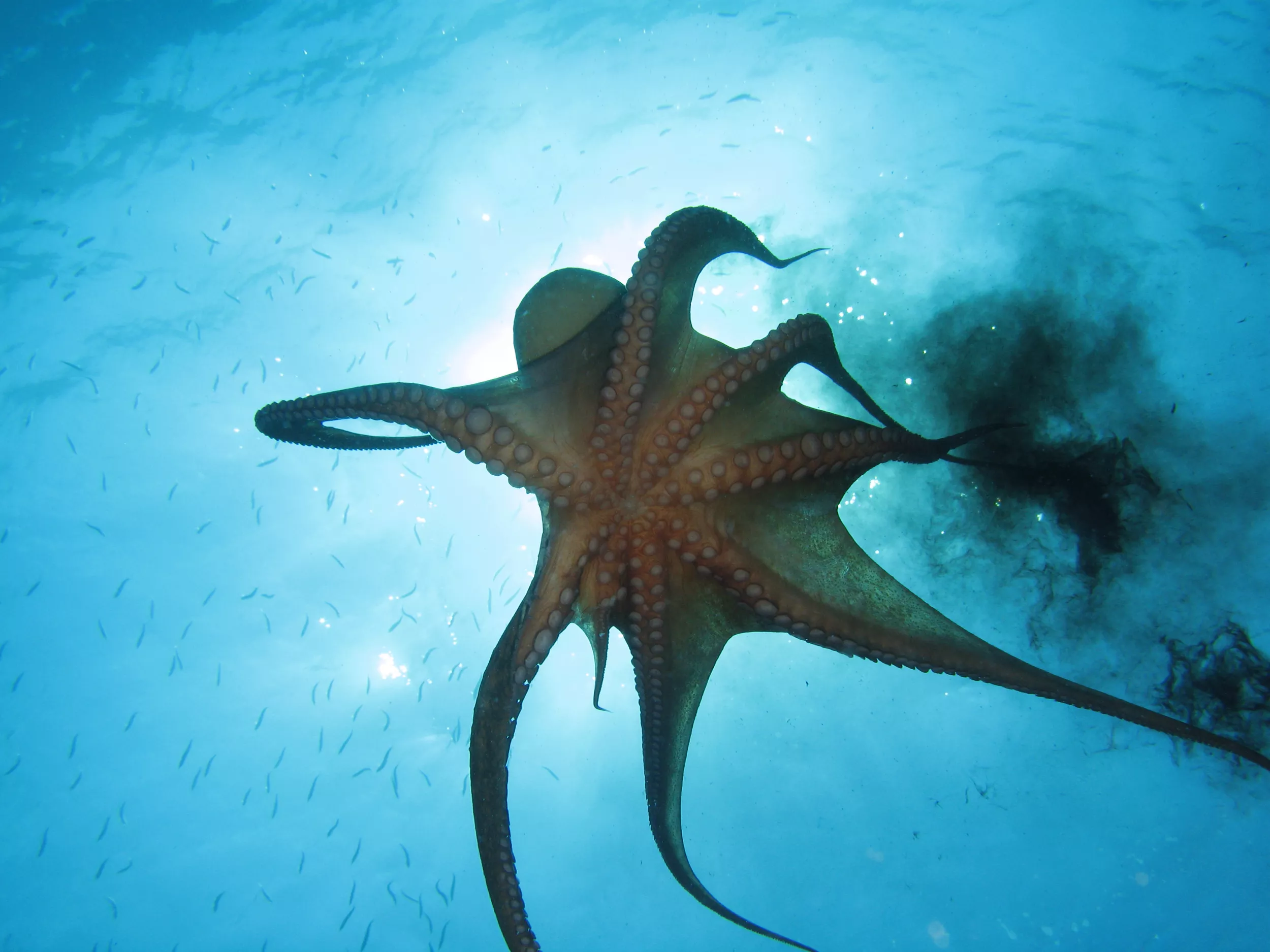
How do they use it?
Cephalopods use ink to avoid predation: they ink and jet away under cover of the ink, creating a “smoke screen.” This move is often followed by unpredictable escape moves. For Cephalopod week on Science Friday, Dr. Lauren Simonitis of Florida Atlantic University said, “Ink also has a lot of chemicals that smell really strongly or really badly. So, it’s a chemical response. But it’s also a physical response because it’s really gloopy and it can stick all over them. So, it’s this physical, chemical, visual trifecta of a predator weapon.”?
Watch this video about the possible uses of squid ink.
Cephalopods can also create different effects by changing the amount of ink, the direction and speed with their flexible funnels, and presumably varying mixes of ink and mucus. “In combination with changing color, some cephalopods have been observed creating pseudomorphs of ink, ejections which are interpreted to resemble a cephalopod-like form to would-be predators to confuse them or attract them to the inky look-alike. Another form of longer thinner streams of ink are called ropes and are speculatively assumed to bear resemblance to stinging tentacles of jellyfish.”
It's not just the more common, shallow and oceanic cephalopods that ink: in the deep sea MBARI scientists have observed “deep-sea squids producing ink shapes of many diverse forms—clouds, streams, dots, ropes, and more.”
Bioluminescent Ink
Some deep-sea squid species cultivate symbiotic luminescent bacteria in their ink sacs. The aptly named ‘fire-shooter squid’ (Heteroteuthis dispar) releases luminous streams with their ink to create floating glowing blobs, again presumably to create a distraction to predators.
At least one cephalopod species uses ink in their mating displays. The male Andrea cuttlefish shoots out this big plume of ink as a kind of backdrop and then he shows all his bright colors and patterns to better impress a potential mate.

